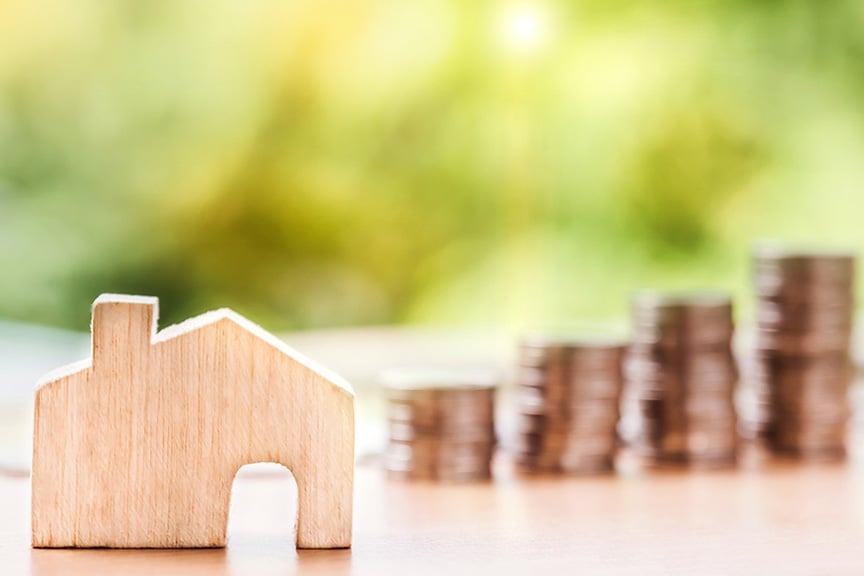Through the Roof
Why homeowners insurance rates are rising…and what can you do about it.

Mother Nature
Protecting homes against natural disasters is one of the primary functions of homeowners insurance. So, it should come as no surprise that the increased strength and frequency of natural disasters over the last 20 years has directly affected home insurance rates. In 2020 alone, $95 billion in costs were incurred from natural disasters, which was almost twice as much as the year prior.
These extreme weather events have not only become more frequent, but also grown stronger. In 2021, there were 20 weather occurrences in the United States where damages caused by natural disasters exceeded $1 billion.
In addition, these natural disasters are more often occurring in unexpected and/or unprepared places. For example, blizzards in Texas and tornadoes in Pennsylvania are not normal for their respective regions, and this unpredictability has impacted premiums.
Between the hurricanes, tornadoes, floods, wildfires, and drought — natural disasters can be directly blamed for insurers raising their rates to meet costs.
The Tree In Your Living Room Isn’t the Only Thing Through the Roof
Here’s where inflation rears its ugly head. As inflation has increased over 8% in the past year, the price of materials has gone up, and the labor force has gone down. If a home suffers severe damage from a storm, the increased price of lumber, roofing, and siding products could leave many homeowners underinsured to cover those costs.
Apart from inflation, lingering issues from the pandemic have contributed to these rising costs as well. Supply chain issues, as well as an increase in demand for home remodeling and new construction, has led to the price of building materials rising approximately 18% over the past 2 years. Lumber prices have increased a whopping 232% since the pandemic, further complicating any chance of having rebuilding costs fully covered.
The Fixer Upper Dilemma
Ghosts aren’t the only thing that can haunt old homes. In terms of homeowner’s insurance costs, previous owners’ claims can affect your current premium. Most first-time homebuyers are not aware that past incidents on the home can still tack onto the house’s present coverage.
Additionally, while purchasing fixer uppers has grown in popularity, the money saved by not buying a new home could still end up back on the insurance bill. If you do purchase a home you plan to remodel, consider replacing the roof first. Some of the most common and costly claims are due to water damage from a leaky roof or burst pipe. Investing in a new roof can both prevent these expensive damages, while saving upwards of $200 annually on home insurance rates.
Options for Curbing Rising Homeowners Insurance Rates
- Look into premium discounts for adding safety measures. Installing devices as simple as smoke detectors or as high tech as smart home monitors can save homeowners money.
- Bundle multiple types of insurance plans to decrease the price of each plan overall.
- Look for discounts for new homeowners, senior citizens, or for long-time loyal customers.
- Reach out to your agent or one of our insurance experts to re-evaluate your policy
- Consider raising your deductible. This is a good option if your home doesn’t face many of the previously mentioned risks, just make sure that you’ve got enough saved in case of emergency.
Click here for more advice on lowering your homeowners insurance.
For more information about homeowner’s insurance and how to lower your rates, reach out to our experts at PFGI at 610-422-3530.

